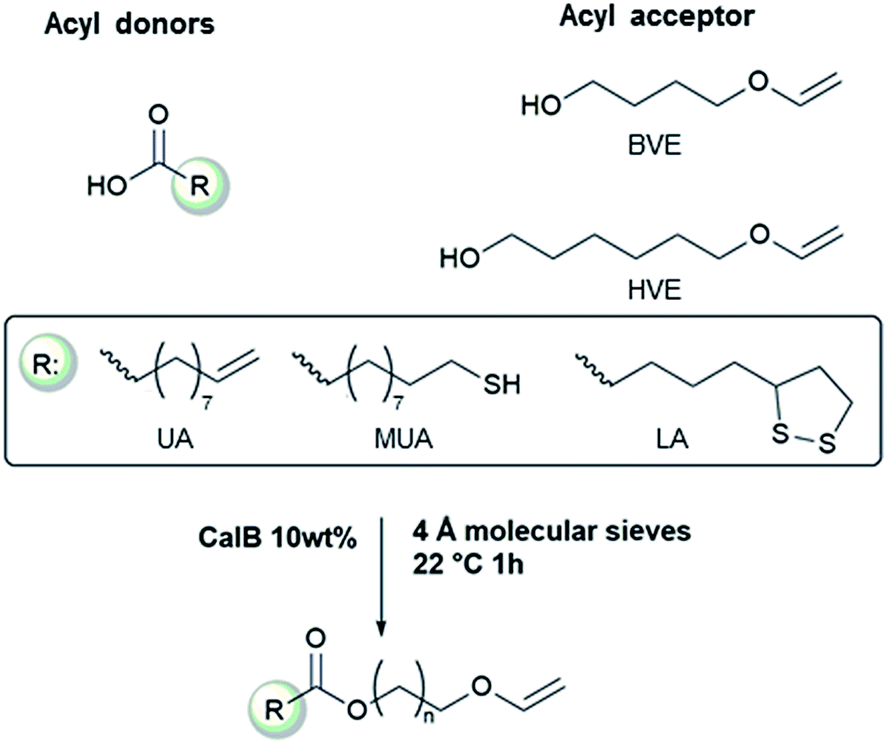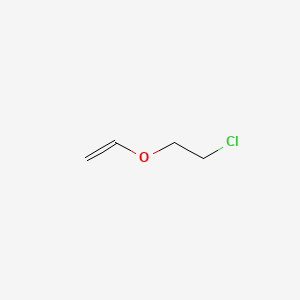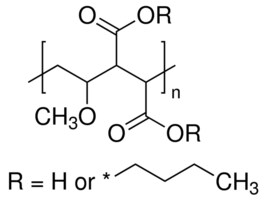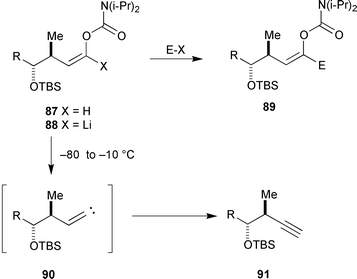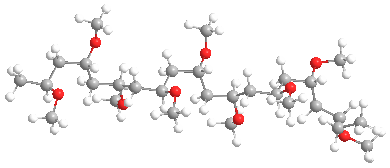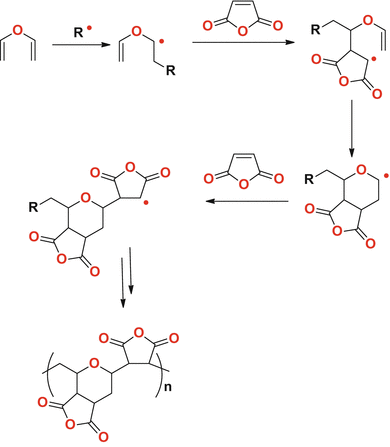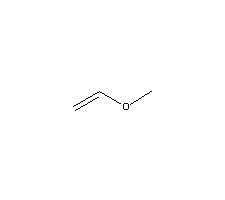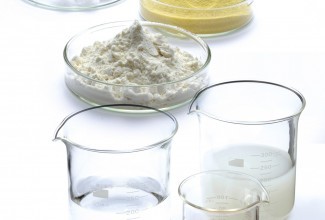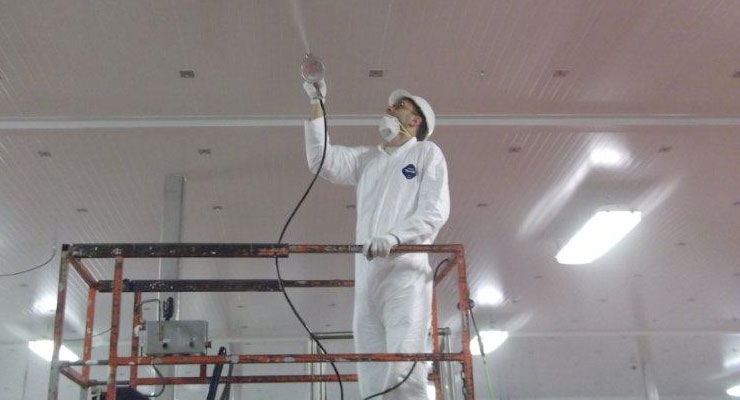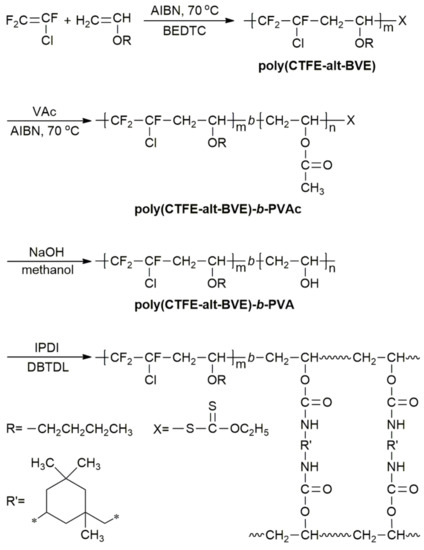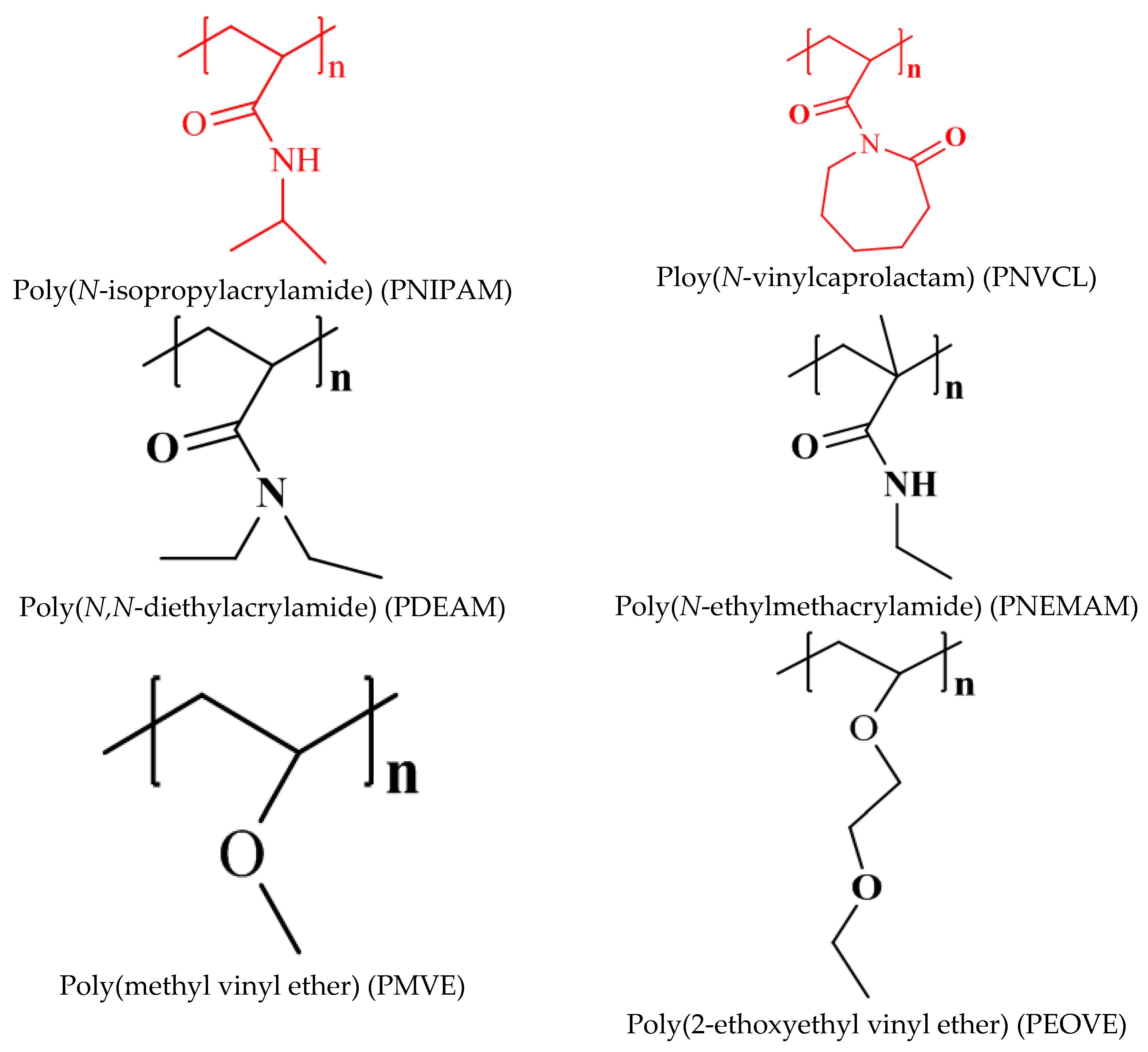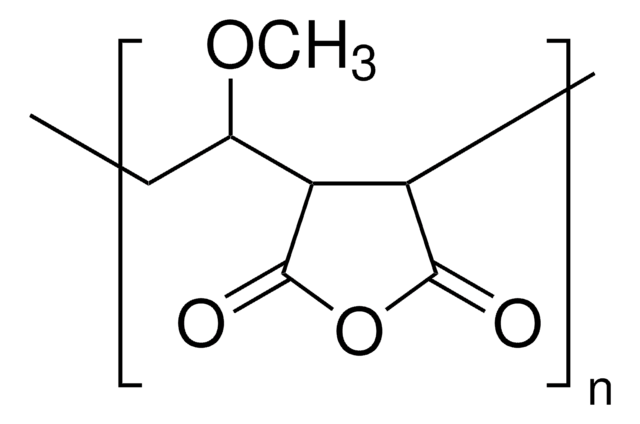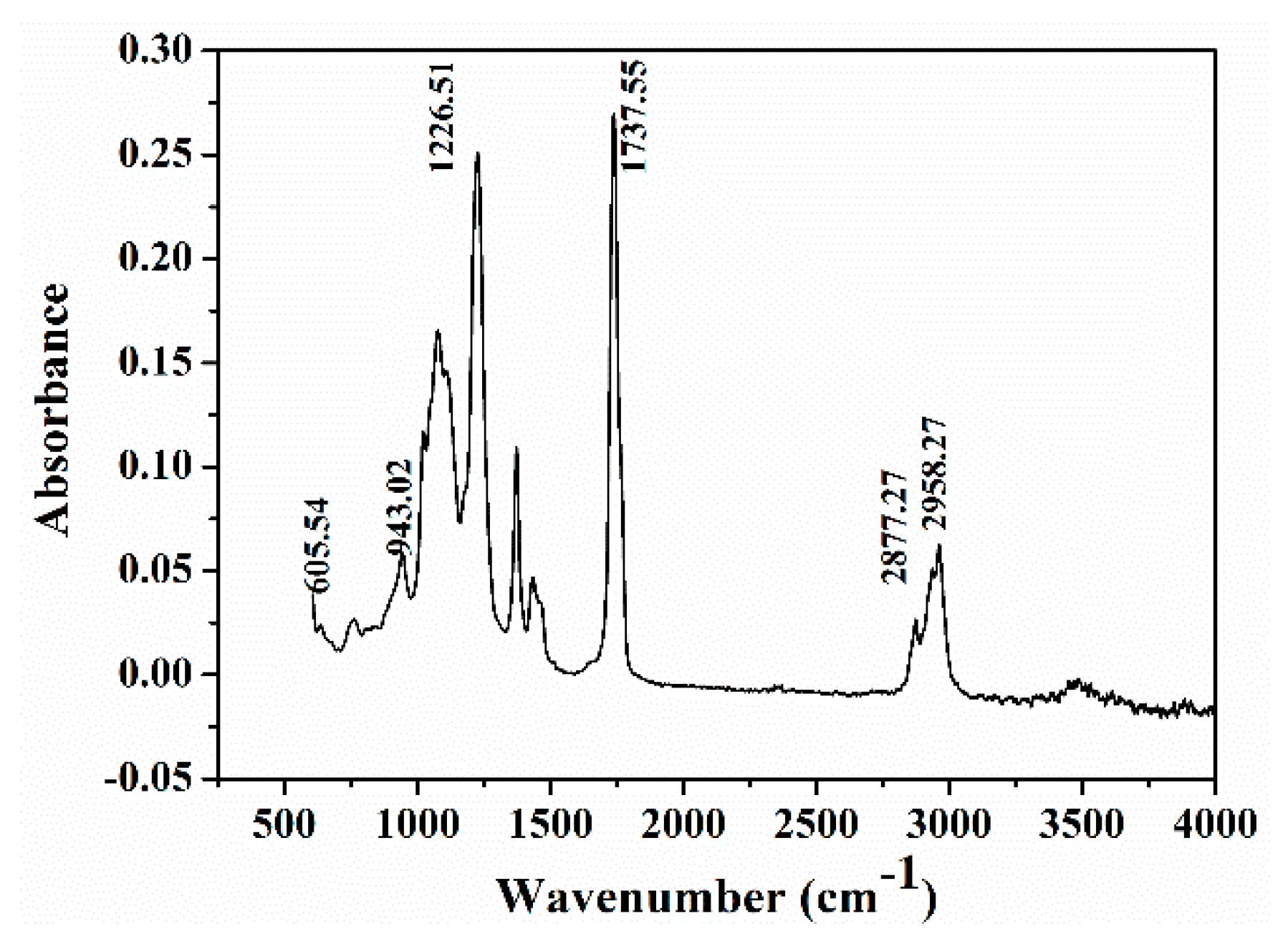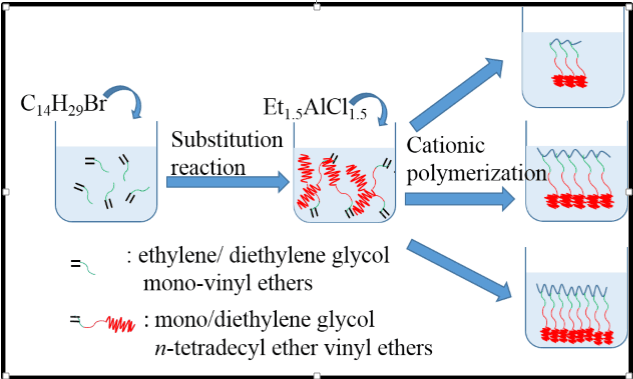Vinyl Ether Acrylic Acid

21 the vinyl ether transfer agents like other vinyl ethers generally show marked acid sensitivity and are not suited for use with acidic monomers e g acrylic acid aa methacrylic acid maa.
Vinyl ether acrylic acid. A vinyl ether group containing meth acrylic ester composition which comprises a radical polymerization inhibitor and a vinyl ether group containing meth acrylic ester represented by the following general formula 1. It is miscible with water alcohols ethers and chloroform more than a million tons are produced annually. It is the simplest unsaturated carboxylic acid consisting of a vinyl group connected directly to a carboxylic acid terminus. Acrylic elastomer can generally be characterized as one of two types.
Phosphate buffer solution pbs of ph 7 4 was used as swelling medium in order to determine the temperature. Dissolved oxygen is also an strong inhibitor and its presence in the solution enhances the inhibition effects of mehq. This colorless liquid has a characteristic acrid or tart smell. Comonomers ethylene glycol vinyl ether egve butyl vinyl ether bve acrylic acid aa and crosslinking agent diethylene glycol divinyl ether degdve were obtained from aldrich germany and they were used without purification.
Literature values for the glass transition temperature t g and melting temperature t m for the more common homopolymers are listed in the table below polymers are listed by the repeating unit in the polymer chain. Vinyl ethers undergo radical initiated copolymerization in the presence of specific monomers such as maleates fumarates and acrylics. Propenoic acid is an organic compound with the formula ch 2 chcooh. New types do not contain chlorine and are less prone to mold related staining.
They are increasingly used in radiation curing systems because of a lower toxicity profile than the commonly used acrylic monomers. Inhibitors such as mehq monomethyl ether hydroquinone and ptz phenothiazine are added to acrylic acid in the shipping and storage process to prevent its spontaneous polymerization. In this work we developed a comprehensive mathematic model for the inhibition of acrylic. Even traces of.
The polymers and corresponding monomers listed are available from us. Old types include acm copolymer of acrylic acid ester and 2 chloroethyl vinyl ether containing chlorine and anm copolymer of acrylic acid ester and acrylonitrile without chloride. Functionality can be introduced on z or r to modify reactivity or to tailor the end groups as in the examples 20 22.


